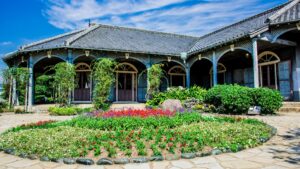Cherry Blossoms and Red Leaves at Hakodate Goryokaku Fort
Goryokaku Fort (五稜郭) is Japan’s first western-style star fort located in Hakodate. The view from the top of the observatory, situated 90 meters above the ground of Goryokaku Park Tower, offers a truly spectacular sight. The iconic five-star shape, filled with approximately 1,600 cherry blossom trees in spring and adorned with vibrant autumn leaves in fall, is particularly breathtaking. It was the final battle site where the spirit of the last samurai flourished. Let’s explore the last Samurai spirits.
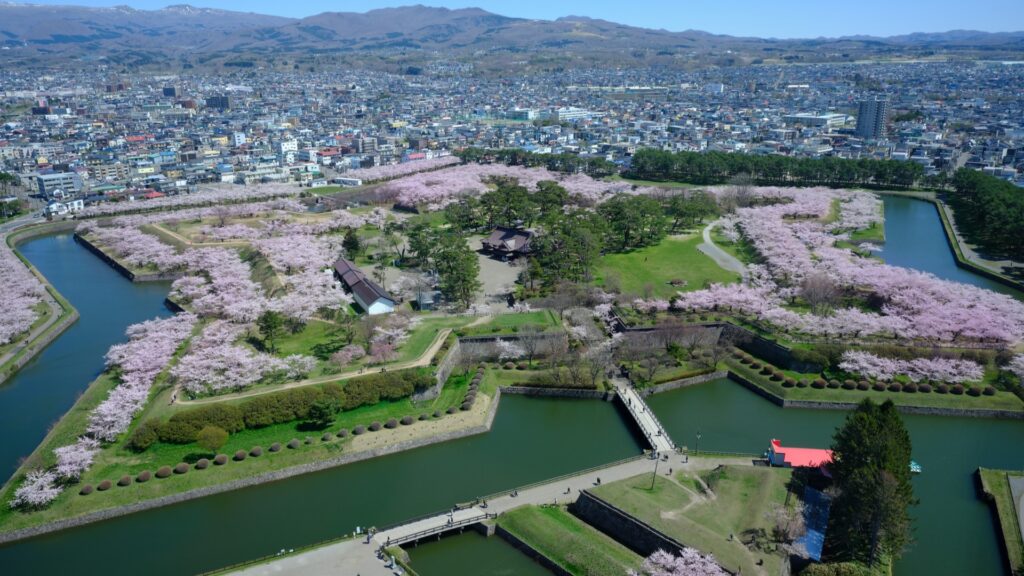
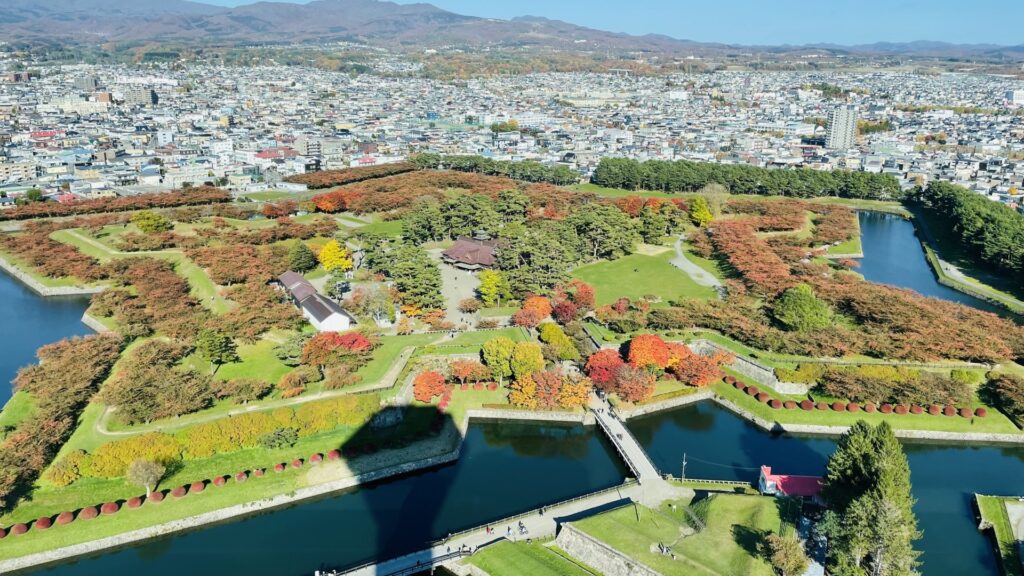
Fierce Gunfire Battles Determined the Outcome of the Hakodate War
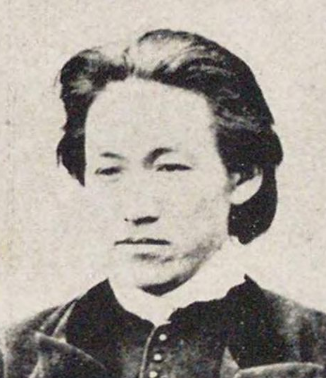
(Source: 1)
The grueling firefight at Futamata-guchi between the former Tokugawa shogunate and the Meiji government forces began at 3:00 p.m. on May 24, 1869. Using breastworks and hiding in trenches, the former shogunate's elite troops successfully withstood a barrage of 35,000 rounds fired by the larger Meiji government forces, despite using outdated weapons. The battle lasted until 7:00 a.m. the following day, when the new government forces depleted their ammunition and the fighting suspended. The fierce firefight continued for more than two weeks. The strategy of Hijikata Toshizo (1835-1869, 土方歳三), the Vice Minister of Defense of the former shogunate force and the vice-chief of Shinsengumi, was on full display. They have been successful for over two weeks. However, once another Yafurai Route was breached by artillery fire from the new government forces on June 9, the elite troops led by Hijikata, who were fighting at Futamata-guchi, retreated to Goryokaku, as they were in danger of being cut off from the escape route.
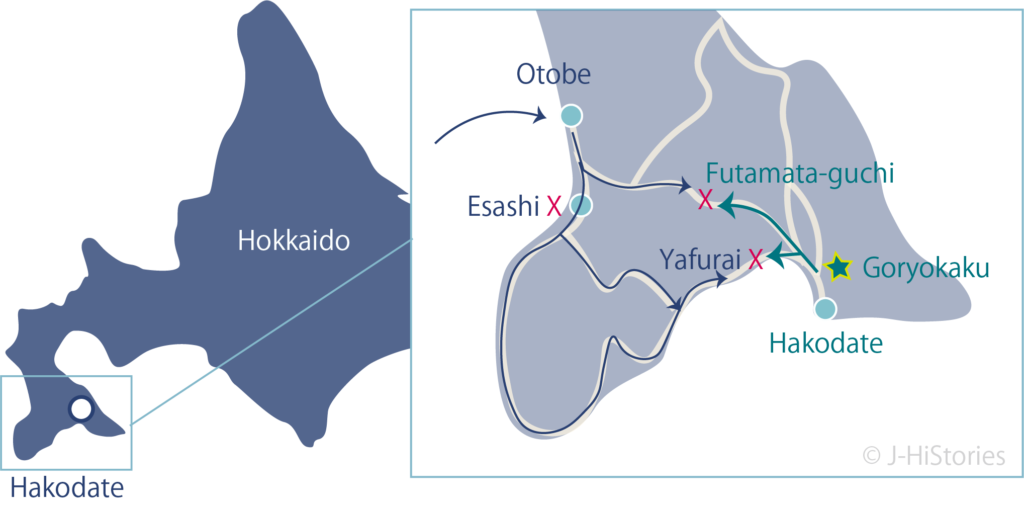
Returning the Sovereignty to The Emperor by Yoshinobu
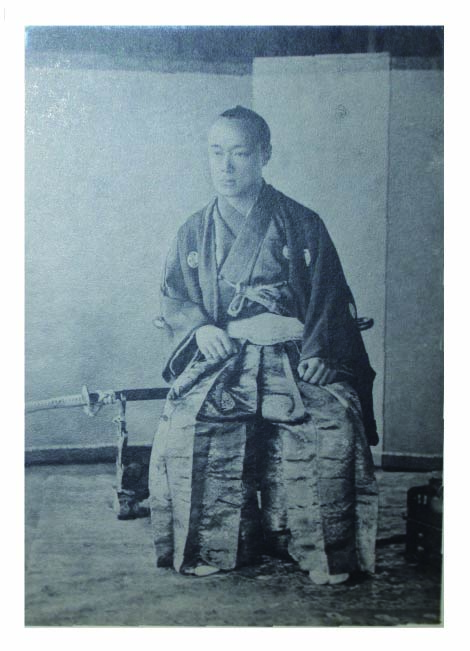
It all started with the historic decision to return the sovereignty to Emperor Meiji at the Nijo-jo Castle by Tokugawa Yoshinobu (1837-1913, 徳川慶喜), the 15th Shogun of the Tokugawa Shogunate, in 1867. The coalition, consisting of the Satsuma domain led by the samurai Saigo Takamori and Okubo Toshimichi, along with certain court nobles such as Iwakura Tomomi and others, attempted to overthrow the shogunate by military force. After a fierce battle of wits between both sides, the Boshin War finally broke out at Toba and Fushimi in southern Kyoto in January 1868. Once the Imperial standard was raised, Yoshinobu and the Tokugawa warriors lost their will to fight due to the fear of opposing the emperor. Consequently, Yoshinobu abruptly departed from the front lines of Osaka Castle and headed towards Edo Castle, the residence of the Shogun and the headquarters of the Tokugawa Shogunate.
The Superior Strategy to Win Was Rejected
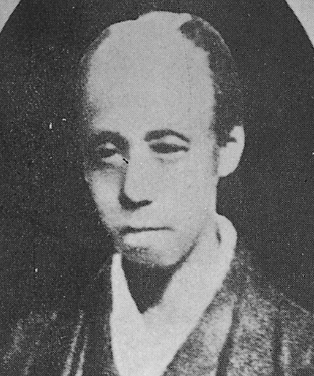
(Source: 1)
Meanwhile, Oguri Kozunosuke (1827-1868, 小栗上野介), a deputy magistrate of the Tokugawa shogunate responsible for the army, navy, and finance, proposed a surprise attack strategy against their adversaries. His plan was:
Intercept the new Meiji government army as it entered Hakone, stop the following forces with artillery fire from the fleet in Suruga Bay led by Enomoto Takeaki (1836-1908, 榎本武揚), and destroy the isolated opponents in Hakone.
However, Yoshinobu rejected it and instead chose to surrender to the new Meiji Government Army.
Bloodless Surrender of the Edo Castle, but the War Unfolds Into the Tohoku and Hakodate Wars
To prevent internal conflicts and preserve national unity, he decided to hand over the weapons and warships imported from France to the Meiji Government, surrendering the Edo Castle in the process. Taking full responsibility for his actions, Yoshinobu subjected himself to disciplinary confinement. The Edo castle’s peaceful and bloodless surrender succeeded in April 1868, but the Meiji government forces carried on their attacks against several domains in the northern part of Japan. Of these, the Aizu domain in Fukushima incurred a tragedy.
Takewaki Left Edo for Hakodate with Tokugawa Warriors
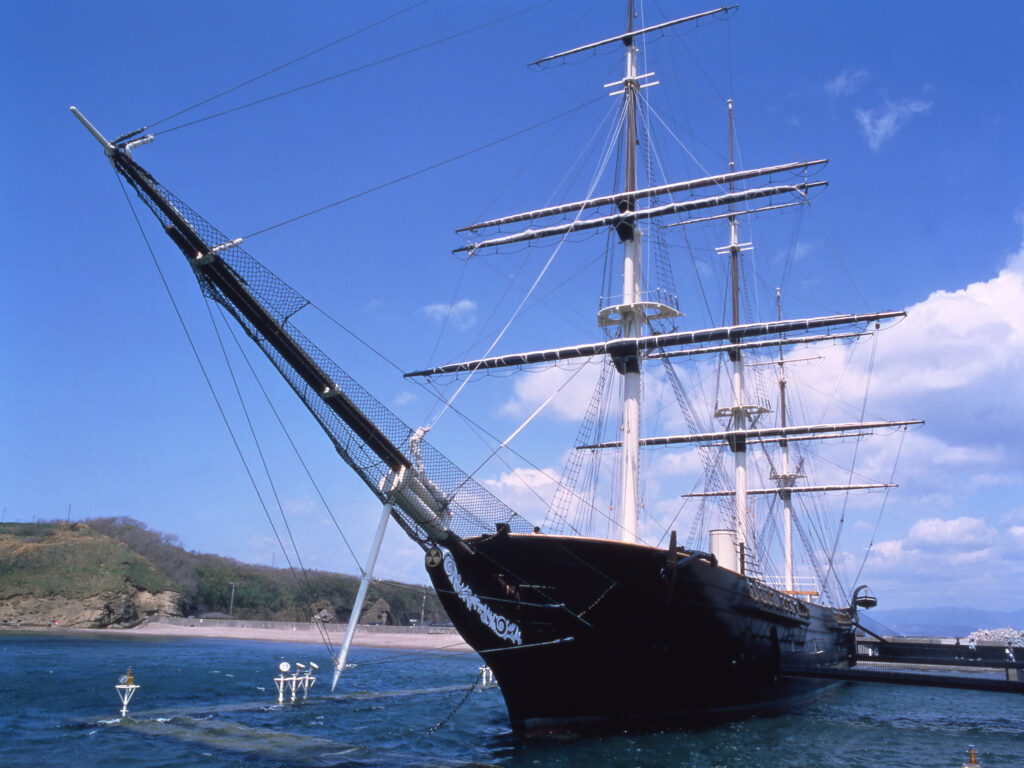
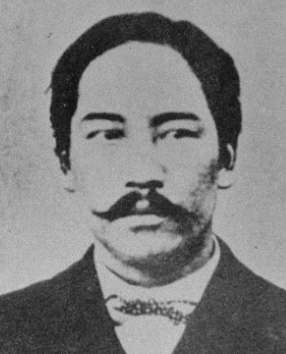
(Source:1)
One month before these events, a fleet flagship named Kaiyomaru and eight warships managed to leave Shinagawa port in Edo, carrying approximately 2,000 Tokugawa warriors who refused to surrender to the Meiji government. The leader of this group was Takewaki. His proclamation was, "The Meiji government is at the mercy of the powerful domains, and this is not a true restoration of the monarchy." Upon reaching Sendai, an additional 3,000 Tokugawa warriors joined their ranks and continued their voyage to Hakodate.
Takewaki Established the New Ezo Republic in Hakodate
Upon his arrival in Hakodate, Takewaki founded the new Ezo Republic, aiming to establish a modern nation with former retainers of the Shogunate, based on all of his knowledge of international law acquired during his education in the Netherlands as the Tokugawa Shogunate’s first venture abroad to study in 1862-1866. He always kept a handwritten copy of Bankoku Kairitsu Zensho (a compendium of international marine laws) with many footnotes and other comments by his side. Finally, he succeeded in getting the powerful Britain and France nations to recognize the Republic with the help of Jules Brunet (1838-1911), a French military officer. He served the Tokugawa shogunate and helped the Exo Republic forces as a second-in-command during the Hakodate War.
Goryokaku Fell to the Modernized Military Power
However, due to inclement weather, the Kaiyomaru encountered rocks near Esashi Port, located west of Goryokaku. On April 9th, 1869, the forces of the Meiji government landed at Otobe, near Esashi, and launched a fierce assault on the former shogunate forces. In contrast, a formidable force led by Hijikata Toshizo employed a superior strategy against the Meiji Government Army's fivefold strength at Futamata-guchi, the strategic midpoint between Goryokaku and Otobe. After about two weeks of firefights, they were ultimately compelled to retreat to Goryokaku. Following Hijikata’s demise, Takewaki eventually surrendered in the face of the enemy's overwhelming modernized attack, without the presence of the Kaiyomaru nor Hijikata.
A Compendium of International Marine Handed to the Meiji Government
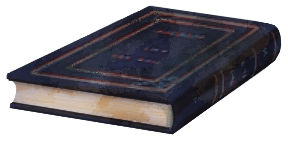
During the battle, Tatewaki entrusted Bankoku Kairitsu Zensho to Kuroda Kiyotaka, an envoy to the general staff of the Meiji government's army. Along with the book, Tatewaki conveyed a poignant message to Kuroda, stating that if the book were to vanish in the smoke of battles, it would be a heartbreaking loss for Japan's future, as it held unique significance for Japan. Kuroda was said to be deeply impressed by Tatewaki's profound concern for the future of Japan.
The Spirit of the Last Samurai Flourished
The Boshin War, spanning approximately a year and a half, commenced at Toba and Fushimi in Kyoto and ended in Hakodate on June 27, 1869. It traversed various regions such as Nagoya, Edo, Aizu, and several parts of Tohoku.
Goryokaku served as the stage for the climactic battle of the Boshin War, where the spirit of the last samurai flourished and finished alongside the changing times. Please take a moment to reflect upon the last shogun, Yoshinobu, as well as Komatsu Tatewaki, Hijikata Toshizo, Enomoto Takewaki, and the unnamed individuals who played pivotal roles in the Hakodate War. It is noteworthy that some of them later dedicated themselves to the modernization of the nation under the Meiji government. In particular, Takewaki's exemplary abilities contributed to Japan gaining recognition as a modern nation well-versed in international law.
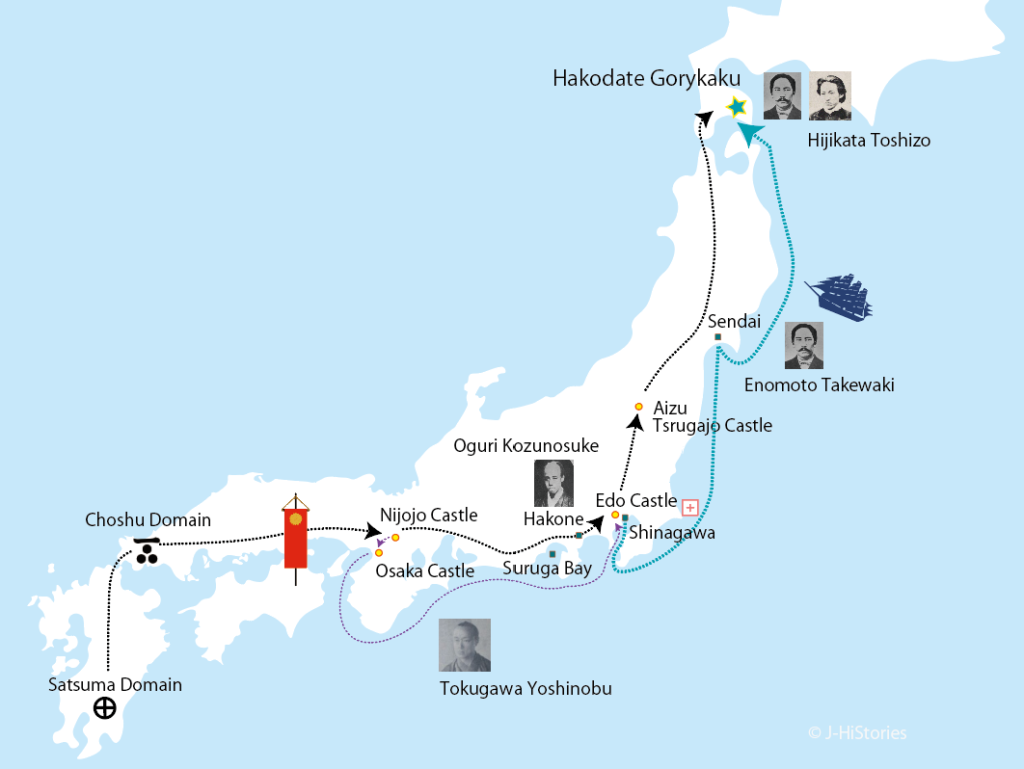
Source 1: National Diet Library, Japan / 国立国会図書館「近代日本人の肖像」
Goryokaku Timeline
| 1854/8 | The Treaty of Peace and Amity between the UK and Japan was concluded | Edo Period |
| 1854/12 | The Treaty of Peace and Amity between the Russia and Japan was concluded | |
| 1855/12 | The Treaty of Peace and Amity betweenthe Netherlands and Japan was concluded | |
| 1855/6/9 | The Treaty of Amity and Commerce between the United States and Japan was concluded without an imperial sanction in 1858 | |
| 1862-1866 | Enomoto Tatewaki studied international law in the Netherlands | |
| 1864 | Goryokaku Fort was established | |
| 1867/1 | Tokugawa Yoshinobu was appointed the 15th Shogun | |
| 1867/4 | Kaiyomaru fleet arrived Yokohama from Holland | |
| 1867/11/10 | Taisei Hokan, Tokugawa's political power was officially returned to Emperor Meiji | |
| 1868/1/3 | The Boshin War started at Toba-Fushimi | Meiji Era |
| 1868/1/6 | Yoshinobu escaped from Osaka castle to Edo castle with Katamori | |
| 1868/2/12 | Yoshinobu entered into a disciplinary confinement at Kaneiji Temple | |
| 1868/4/11 | Edo castle surrendered without bloodshed to Imperial Army | |
| 1868/4 | Yoshinobu was confined at Mito | |
| 1868/8 | Enomoto Takewaki led Kaiyomaru fleet out of Shinagawa to Hakodate | |
| 1868/9 | Aizu War ended | |
| 1868/10/23 | The Meiji Restoration | |
| 1868/11 | Kaiyomaru fleet sank in Esashi due to a snow storm. | |
| 1869/4/9 | Meiji Government Force landed on Otobe | |
| 1869/4/13 | Futamata-guchi battle started | |
| 1869/5/18 | Boshin War ended at Hakodate |
Recommendations to visit
Goryokaku Park
- Access: 80 minutes from Tokyo Haneda Airport to Hakodate Airport. Take Bus #7 for nearly 40 minutes and get off at Goryokaku Park Entrance (五稜郭公園入口). A 5-minute walk. Or take Bus #5 for 35 minutes and get off at Goryokaku Tower -mae(五稜郭タワー前).
Kaiyomaru Memorial Museum
- Access: 2 hours from JR Hakodate Station. Take Bus #619 bound for Esashi Terminal (江差ターミナル). Get off at Ubanami Ferry-mae (姥神町フェリー前). An 8-minute walk


